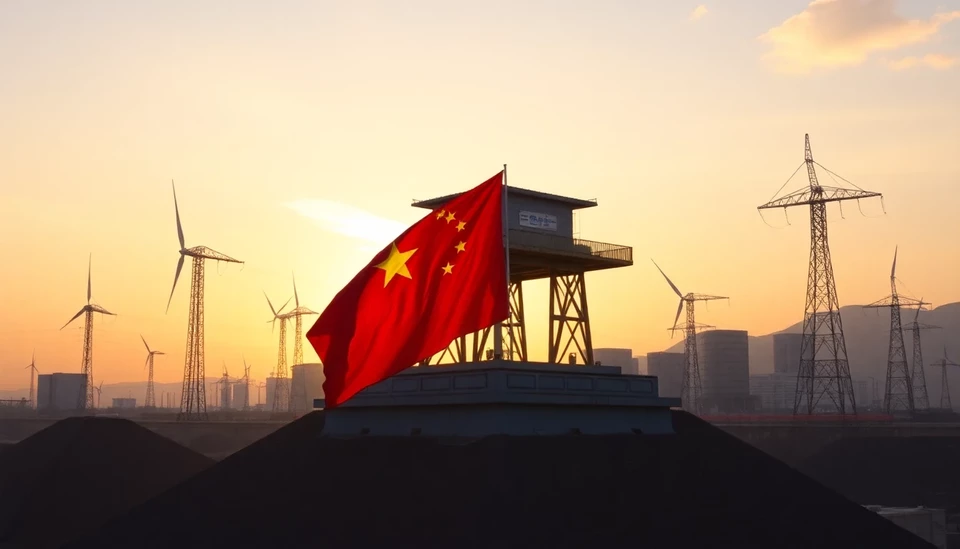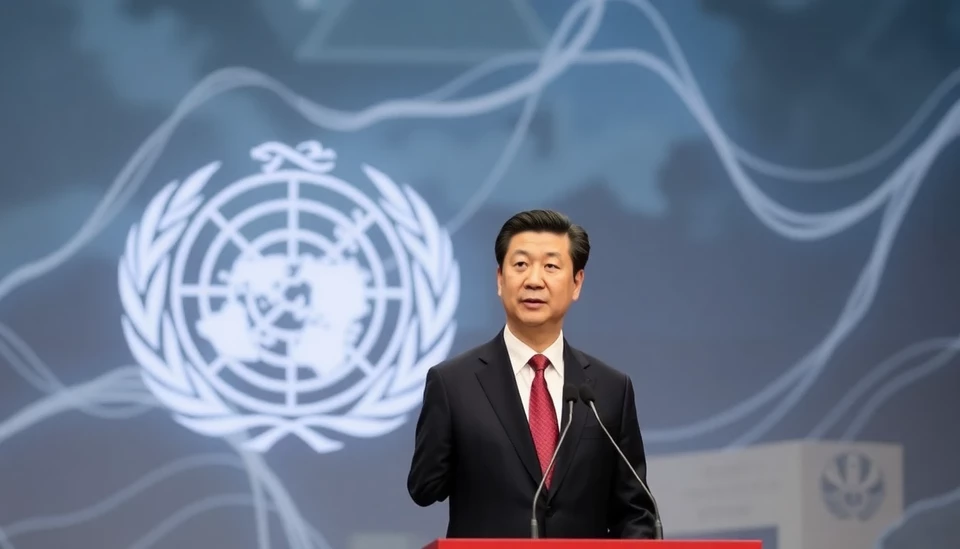
In a significant shift that could reshape the future of its energy sector, China has announced a comprehensive revision of its power market regulations. This strategic overhaul aims to better manage the rapid expansion of renewable energy sources amid growing concerns about grid reliability and market equilibrium.
The new rules, which are expected to be implemented in the coming months, seek to create a more stable and efficient energy market by addressing the challenges posed by the increasing dependency on renewable resources like wind and solar power. As these green technologies become more prevalent, the Chinese government recognizes the need to ensure that energy supply remains consistent and reliable while also promoting clean energy transitions.
One of the core aspects of the updated framework is the emphasis on grid management. The government intends to enhance the infrastructure that facilitates the integration of various energy sources, particularly renewables. This includes investments in grid technology and energy storage systems to balance the supply and demand dynamics more effectively. By doing so, they hope to mitigate the adverse effects of intermittency associated with solar and wind energy.
Moreover, the regulatory changes propose a more streamlined process for approving new renewable energy projects. This move is intended to eliminate bureaucratic hurdles that have historically slowed the deployment of clean energy technologies. By speeding up project approvals, China aims to solidify its position as a leader in the global renewable energy market.
However, the revamp does come with its challenges. Critics voice concerns that the new regulations might inadvertently slow the renewable boom by imposing stricter compliance requirements, which could deter investments in clean energy initiatives. As the world increasingly pivots towards sustainability, striking a balance between maintaining energy security and encouraging the growth of renewables will be crucial for China's energy future.
Furthermore, the Chinese energy sector faces mounting pressure to align with global climate goals. The recent regulatory changes reflect a significant recognition by the Chinese government of the need to adapt its energy policies in response to environmental imperatives. This realignment may also set the stage for further international collaborations in renewable energy technology and climate action, reinforcing China's commitment to mitigating climate change.
As the energy landscape continues to evolve, this new regulatory framework may serve as a template for other nations grappling with similar issues around power supply and the integration of renewable resources. China's ambitious transition could inspire other countries to reform their energy policies to create a sustainable and reliable energy future.
In conclusion, China's revamping of its power market rules comes at a critical time as it strives to balance the need for renewable energy growth with the complexities of managing an evolving energy grid. This regulatory shift signifies not only a recognition of the challenges posed by extensive renewable integration but also highlights China’s ambition to lead in the sustainable energy sector.
#China #RenewableEnergy #EnergyPolicy #GridManagement #Sustainability #ClimateAction #PowerMarket
Author: Victoria Adams




